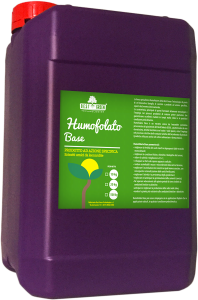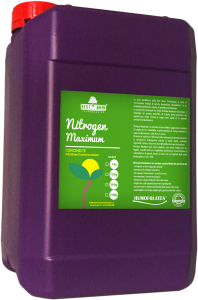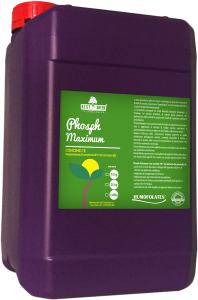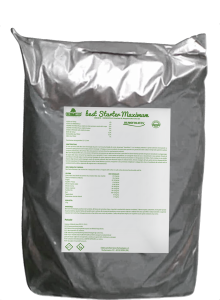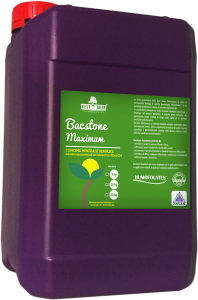Humofolates are capable of automatically “bio-programming” themselves, both in the soil and on the plant, so that they may interact with any type of chemical/physical and climatic conditions of their immediate environment. The beneficial properties of humic acids have been widely recognized for many years. However, in the past, the results have always been unsatisfactory. This is mainly due to the fact that the formulas that are present on the market today are based on Humic extracts, which occur after a reaction with KOH, NH3 and NaOH. But, these chemical compounds result in harsh consequences because of the high alkalinity and extreme aggressiveness on the raw materials and on the environment. This is where Humofolates raise the standards and make a notable difference.
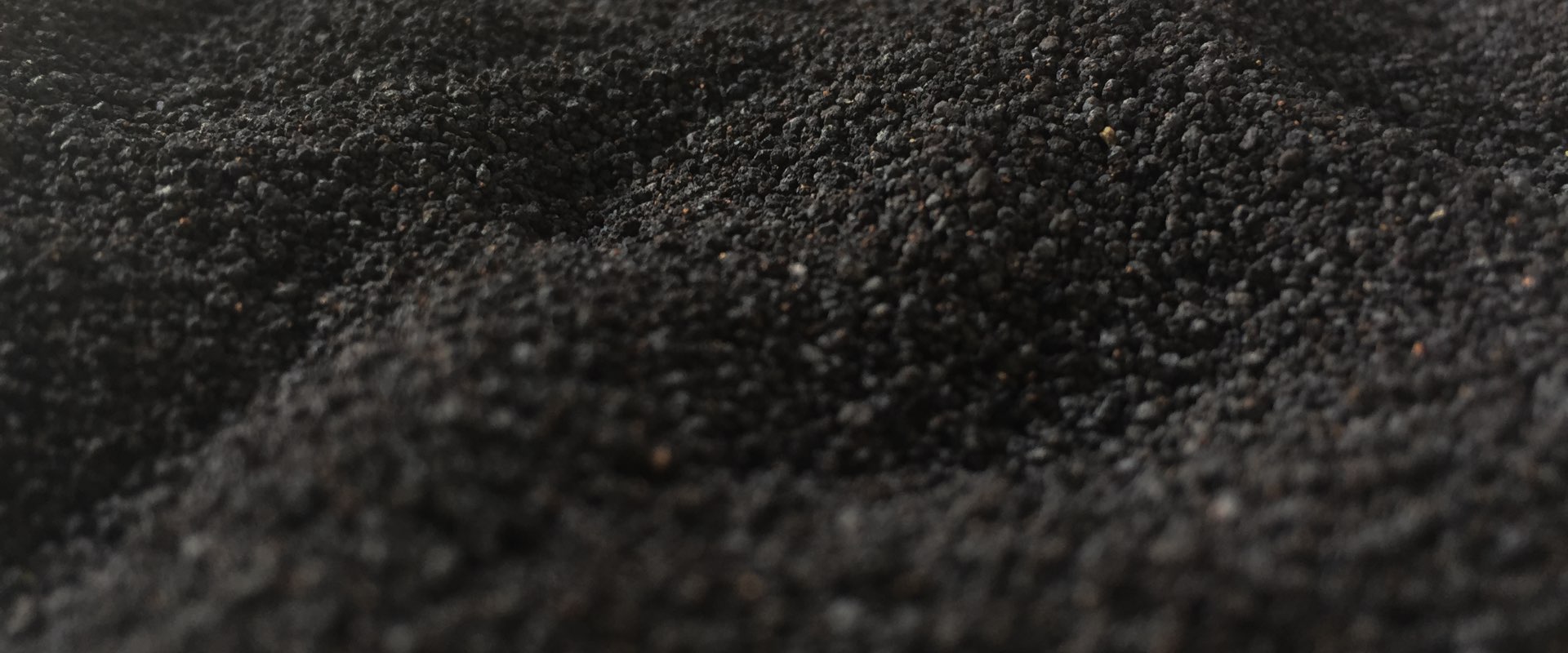
Humofolates
The Patent
Extraction Process
Eco-Friendly Fertilizer
Humofolates guarantee extraordinary results in terms of:
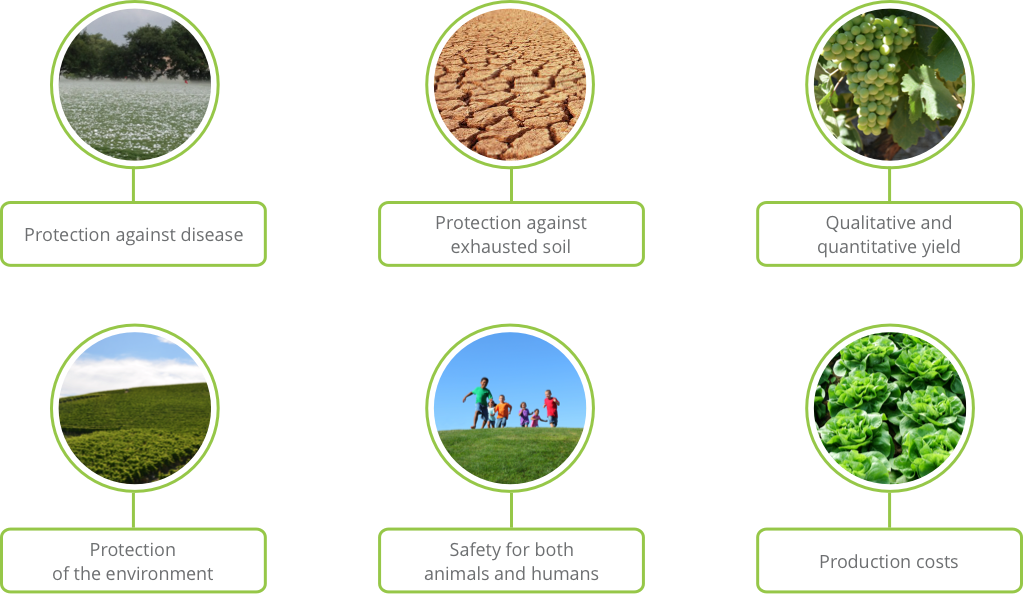
Humofolates Based Products
RESULTS ON PLANTS:
Field trials conducted worldwide for over 25 years on various soil and climate conditions on a variety of crops have produced the following results:
- Substantial improvement in terms of quality and quantity of crops;
- Advance ripening;
- Increase of vitamin and antioxidant contents in fruits and vegetables;
- Absence of residues, chemical free products;
- Strong development of root system;
- Increase in photosynthesis;
- Enhancement of the endogenous resistance of plants against fungi and bacteria;
- Extended shelf life.
RESULTS ON SOIL:
- Reclamation of polluted soil;
- Improvement of the biochemical quality of soils;
- Improvement of desert areas, barren and marginal soils that could be used for the cultivation of a bioenergetic variety of plants;
- Rationalization of available water resources with a saving of over 20% ;
- Reduction of pesticide use;
- Reduction of fertilizing units;
- No phytotoxicity.
RESULTS ON THE ENVIRONMENT:
- Considerable decrease in pollution of the water table and of the environment;
- Reduction in the use of synthetic insecticides, pesticides and fumigants.
RESULTS ON COST:
Increased profits due to the qualitative and quantitative improvement of yields because of a reduction in terms of production costs per unit.
RESULTS ON SAFETY:
- Guaranteed to be completely safe for both humans and animals;
- Fruits and vegetables are free from toxic substances and /or polluting chemical residues
A REVOLUTIONARY APPROACH
TO PLANT NUTRITION
FUTURE APPLICATIONS:
NEW HIGHLY ECO-SUSTAINABLE POLIVALENT BIOSTIMULANTS FOR AGRICULTURE
Humic acids with high humification features increase biochemical activities in plants and fruits creating:
- Vegetative balance
- Improvement in blooming
- Improvement of the fruit set
- Improvement in the homogeneity of fruit size and its consistency
- Enhancement of endogenous defence
- Higher resistance towards biotic and abiotic stress
 IT
IT EN
EN
